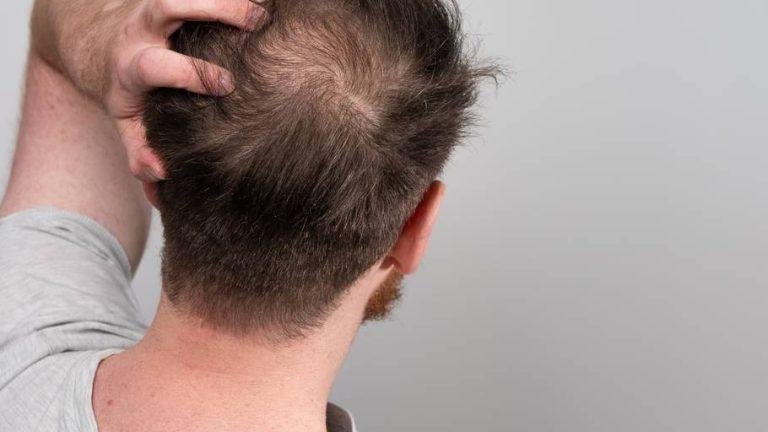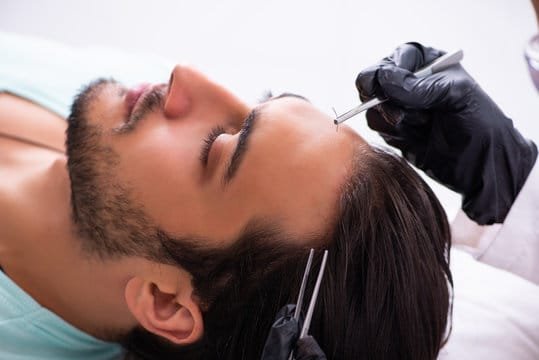PRP and Hair Restoration: What You Need to Know
Hair loss is one of the most common concerns people face, and for many, it can start earlier than expected. While there are several treatment options available today, one therapy that has gained major attention in the past few years is Platelet-Rich Plasma (PRP) therapy. Once primarily used in sports medicine for injury recovery, PRP is now being widely recognized in the world of aesthetics—particularly for its role in hair restoration.
According to Dr. Steven Davis of Davis Hair Restoration, PRP has changed how many patients approach the early stages of hair loss. “What makes PRP so exciting is that it uses the body’s own biology to stimulate healthier hair growth. For patients, that makes it feel both natural and personalized,” Dr. Davis explains.
How PRP Works
PRP stands for Platelet-Rich Plasma, which is derived from a small sample of the patient’s own blood. The sample is processed in a centrifuge, which separates the plasma and its concentrated platelets. This plasma is rich in growth factors—proteins that help signal cellular repair and regeneration.
When carefully administered into areas of thinning hair, the PRP can help re-energize dormant follicles, improve scalp circulation, and support stronger, thicker hair growth over time. Because it comes from the patient’s own blood, there is no risk of allergic reaction, making it an appealing option for those who want something less invasive than surgery.
Why Patients Are Turning to PRP
One of the main reasons PRP has become so popular in hair restoration is its versatility. It can be used on its own for patients in the early stages of thinning, or it can be combined with other treatments—including hair transplant procedures—for enhanced results.
For men and women alike, PRP offers:
- A non-surgical treatment option
- Minimal downtime compared to other therapies
- A natural approach, since it uses the body’s own platelets
- A way to complement existing restoration plans
As Dr. Davis explains, “Patients appreciate that PRP doesn’t require major changes to their routine. They can leave the office and get back to their day almost immediately.”
What to Expect During PRP Therapy
While every patient’s experience is unique, PRP sessions are typically quick and straightforward. After drawing a small amount of blood, the plasma is prepared and then introduced into the scalp with precision targeting of thinning areas. Many patients describe the experience as more of a “boost” to their hair health rather than a drastic procedure.
Results are not instant, but gradual improvements often become visible within months as hair cycles progress. Because hair grows in stages, consistent treatments may be recommended to support ongoing improvement.
The Future of Hair Restoration and PRP
As technology evolves, PRP is being paired with other innovative therapies, including microneedling and advanced transplant methods, to maximize outcomes. Dr. Davis and his team closely follow the latest research to ensure patients benefit from the most advanced techniques available. “PRP is not just a trend—it’s part of the future of regenerative medicine in aesthetics,” he notes.
Is PRP Right for You?
Not every treatment is ideal for every patient, which is why consultation remains key. The degree of hair loss, overall health, and lifestyle factors all play a role in deciding whether PRP is the right fit. But for many, it represents a natural, minimally invasive step toward regaining both hair density and confidence.
Take the Next Step
If you’ve noticed thinning hair or want to learn more about PRP and its role in hair restoration, Davis Hair Restoration is here to help. Schedule your consultation today and explore a personalized plan designed around your goals.






